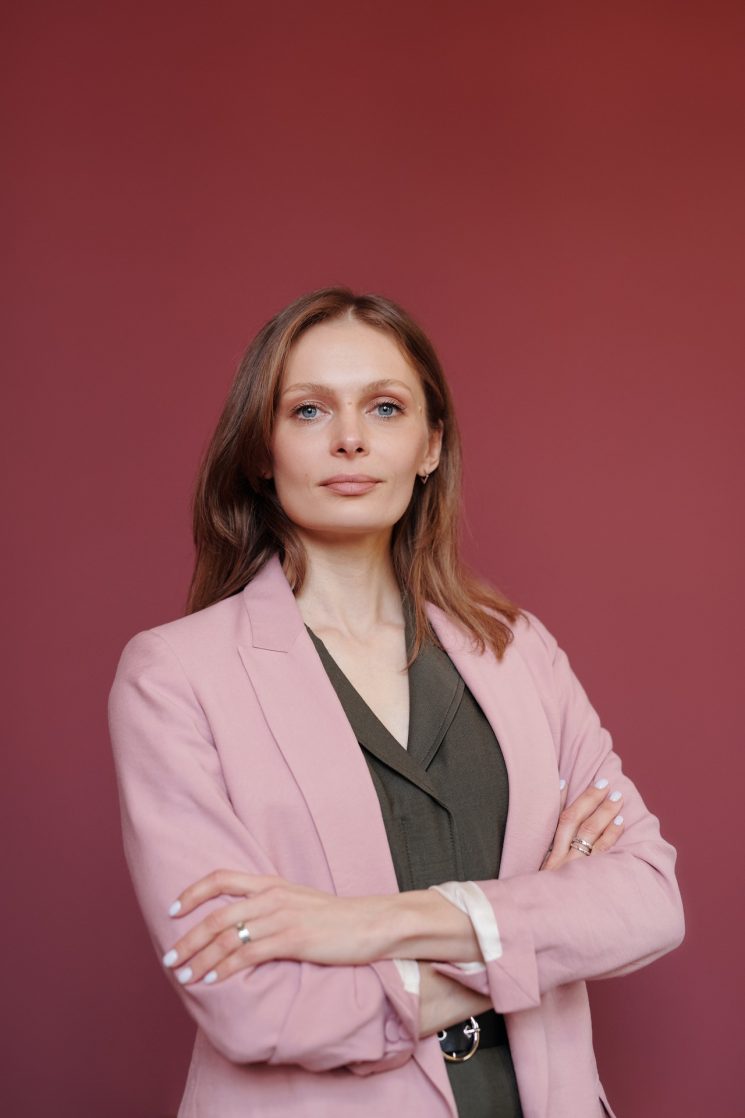Corporate wear clothing is making a comeback as many return to the office. Gone are the days of working in joggers and pyjamas with a presentable “Zoom shirt” for video conferences. However, simply because you’re wearing business attire doesn’t mean you shouldn’t prioritise comfort.
The right corporate wear can be both formal and comfortable, improving work performance. In this guide, we’ll look at various tips and tricks to help you choose the right business attire as you resume work.
Tips for 4 types of corporate wear
1. Casual
Generally, casual business attire is any clothing worn in an informal office where staff wear a nice design T-shirts, jeans, and open-toed shoes. However, avoid dressing too casually or getting too creative with your attire to keep things professional.
Your clothing should be neat, pressed, clean, and appropriate for the kind of work you do. For instance, if you conduct interviews, don’t show up in a casual dress. If you’re a woman, you’re better off wearing nicely fitted tops and blouses with skirts and open-toed shoes. As for men, wearing casual trousers and slacks with polo shirts is a good idea.
If your organisation has a dress code policy, use it to shop for the right attire.
2. Business casual
Business casual is very common in most office setups as it bridges the gap between casual and formal. Although business casual means different things to different organisations, it usually comprises more colour and accessories.
Normally, women can wear coloured shirts and blouses or muted patterns like stripes and checks. They can accessorise with simple belts and jewellery and complete the look with loafers, flats, or heels.
Alternatively, men can wear khakis, trousers, polos, and ties with conservative patterns. For accessories, they can wear a leather-band watch paired with loafers or lifestyle trainers.
3. Business formal
This clothing is reserved for formal settings such as board meetings, special dinners, or award ceremonies. If you work in law or hold an important position, come dressed in business formal as it’s the highest level of professional dress.
Men can wear a tailored suit in a neutral colour such as black, navy, or grey with a solid, brighter tie. Keep the patterns muted and wear a white, collared button-up shirt paired with closed-toe oxford shoes.
On the other hand, women can wear a skirt suit, trouser suit, or dress suit in a neutral colour and closed-toe heels with conservative accessories.
4. Business professional
While business professional attire is a step down from business formal, it’s still traditional, conservative, and neat. Business professional is common in industries with strict dressing codes like finance, government, banking, accounting, and law. This clothing is well-fitted and a little looser when it comes to colour and pattern.
Men can wear a one or two-button suit with light coloured dress pants and accessorise with cuff links and watches. The shirts should be formal; a collared button-up in a fairly conservative colour like burgundy or blue. Shoes can be loafers or coloured oxfords in brown or black.
Women can wear suits or skirts with a jacket and top in neutral colours like brown, black, and navy. They can accessorise with jewellery as long as it’s not distracting or chunky. The shoes should be professional; opt for a closed-toe shoe or classic heel no higher than three inches.
Business attire tricks
The best way to dress appropriately for the office is to pay close attention to the way others dress while strictly following dress code policies. Additionally, don’t be afraid to check in with HR regarding corporate wear. They can offer a unique insight into the right business attire for your workplace.





